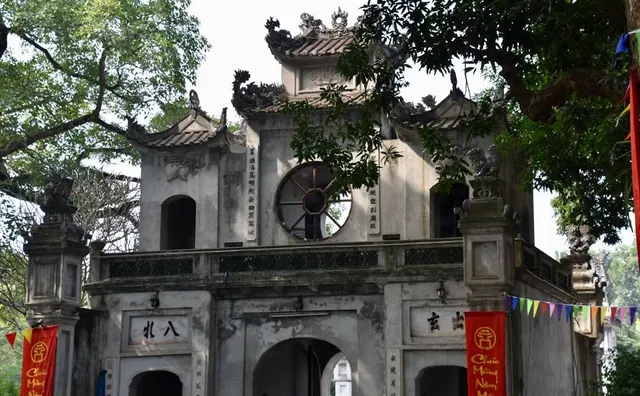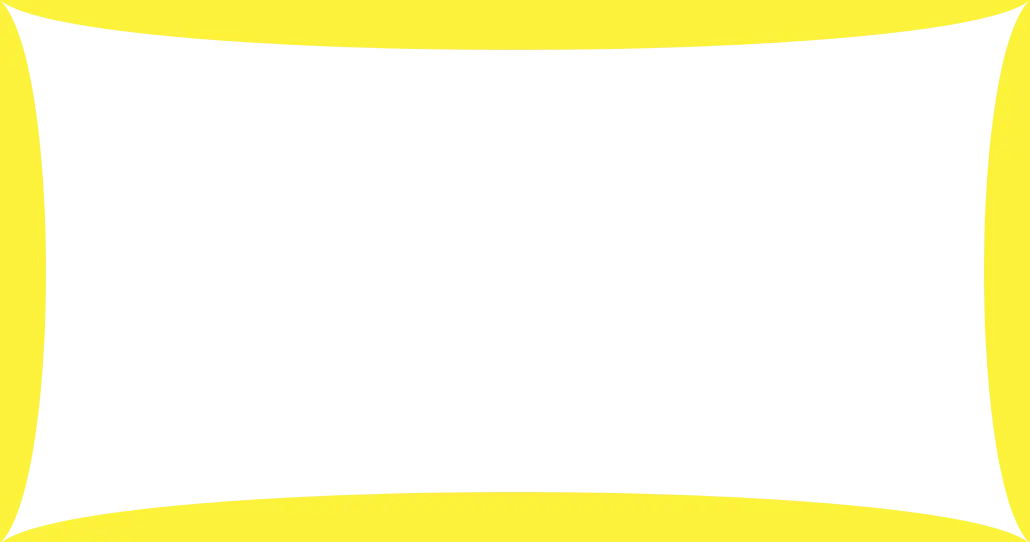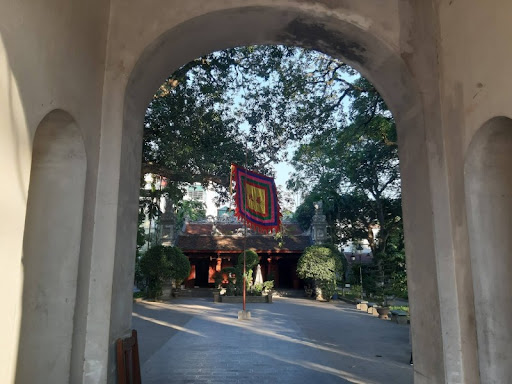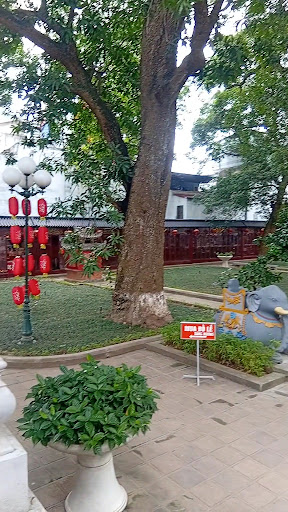Quan Thanh Temple things to do, attractions, restaurants, events info and trip planning
Basic Info
Quan Thanh Temple
190 P. Quán Thánh, Quán Thánh, Ba Đình, Hà Nội 118810, Vietnam
4.5(2.1K)
Open 24 hours
Save
spot
spot
Ratings & Description
Info
Quán Thánh Temple, also known as Trấn Vũ Temple, is a Taoist temple in Hanoi, Vietnam. Dated to the 11th century, the temple was dedicated to Xuan Wu, or Trấn Vũ in Vietnamese, one of the principal deities in Taoism.
Cultural
Family friendly
attractions: Lý Tự Trọng Park, Cua Bac Parish Church, Trúc Bạch Lake, Presidential Palace, Ho Chi Minh's Mausoleum, Ho Chi Minh’s Stilt House, Hanoi Studio Gallery, One Pillar Pagoda, Ho Chi Minh Museum, Imperial Citadel of Thang Long, restaurants: Fabrik, Foodshop 45, Cơm Chay Loving Hut Hoa Binh Vegan Restaurant, Trạm Sushi, Ozin Quán - Bún Đậu Mắm Tôm, Nem Lụi Huế - Ăn Là Like, Tự Châu Veggie - Vegan Mixed Pho, Banhmi & Kombucha, Villa Des Fleurs, Nha Khách Trúc Bạch, Bún đậu mẹt - Giả cầy
 Learn more insights from Wanderboat AI.
Learn more insights from Wanderboat AI.Website
facebook.com
Plan your stay

Pet-friendly Hotels in Hà Nội
Find a cozy hotel nearby and make it a full experience.

Affordable Hotels in Hà Nội
Find a cozy hotel nearby and make it a full experience.

The Coolest Hotels You Haven't Heard Of (Yet)
Find a cozy hotel nearby and make it a full experience.

Trending Stays Worth the Hype in Hà Nội
Find a cozy hotel nearby and make it a full experience.
Reviews
Nearby attractions of Quan Thanh Temple
Lý Tự Trọng Park
Cua Bac Parish Church
Trúc Bạch Lake
Presidential Palace
Ho Chi Minh's Mausoleum
Ho Chi Minh’s Stilt House
Hanoi Studio Gallery
One Pillar Pagoda
Ho Chi Minh Museum
Imperial Citadel of Thang Long
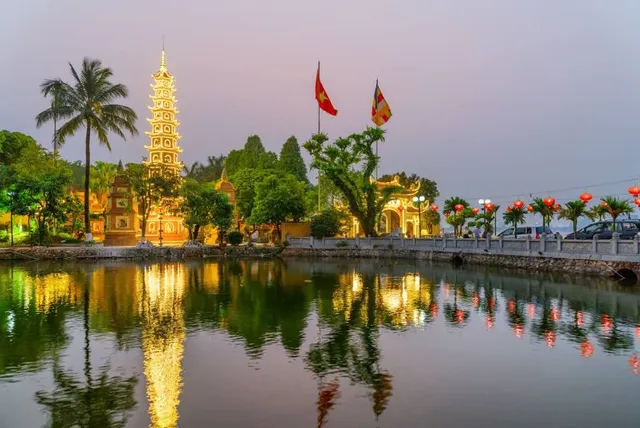
Lý Tự Trọng Park
4.3
(489)
Open until 12:00 AM
Click for details
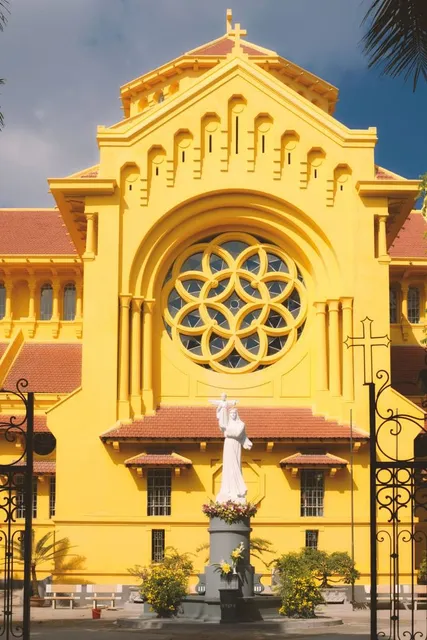
Cua Bac Parish Church
4.6
(1.1K)
Open until 10:45 PM
Click for details
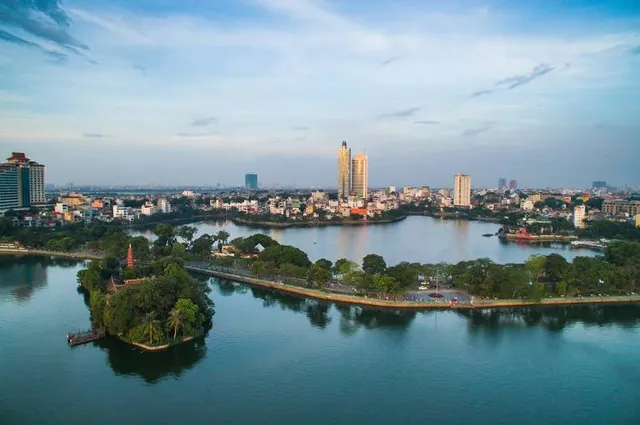
Trúc Bạch Lake
4.5
(182)
Open 24 hours
Click for details
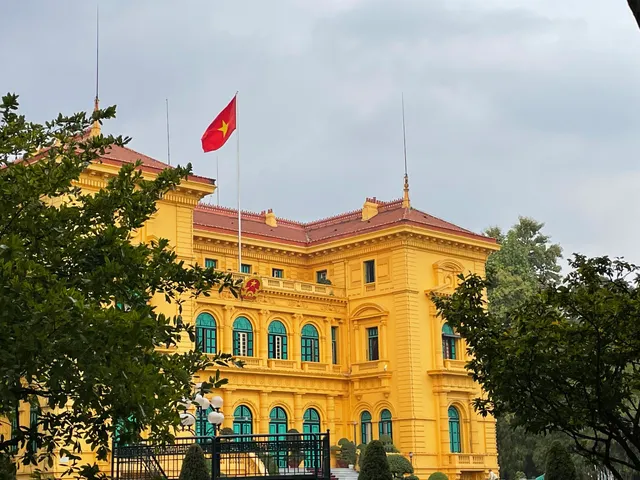
Presidential Palace
4.3
(515)
Open 24 hours
Click for details
Things to do nearby

Hanoi cooking Class with Chef Tien
Tue, Dec 30 • 3:00 PM
Hoàn Kiếm, Hà Nội, 100000, Vietnam
View details
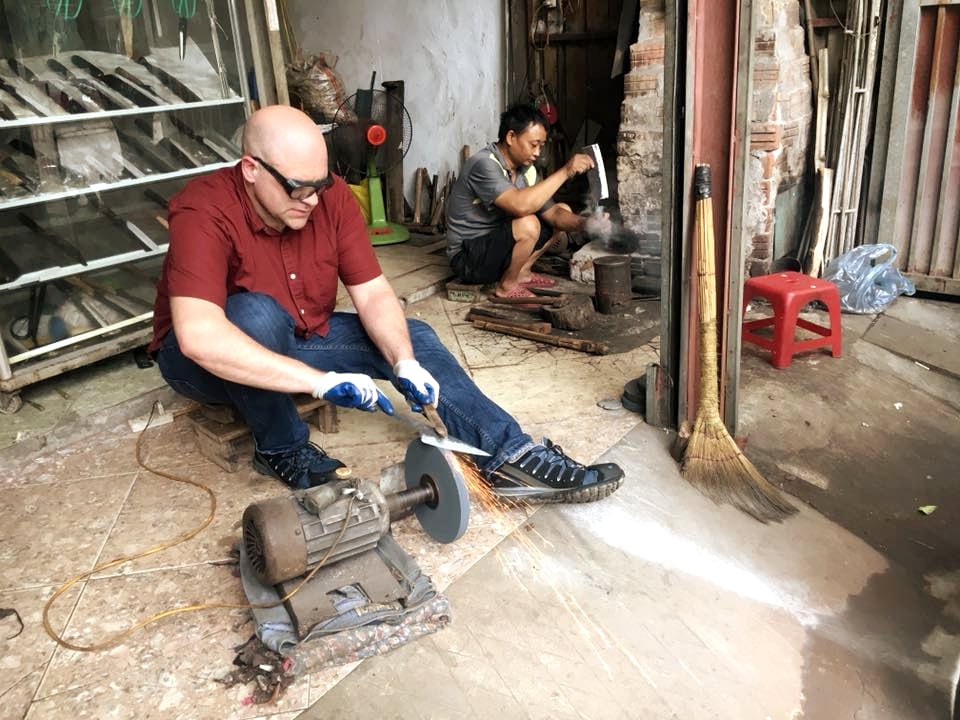
Make a simple knife in Da Sy village
Wed, Dec 31 • 9:00 AM
Hà Đông, Hà Nội, Vietnam
View details
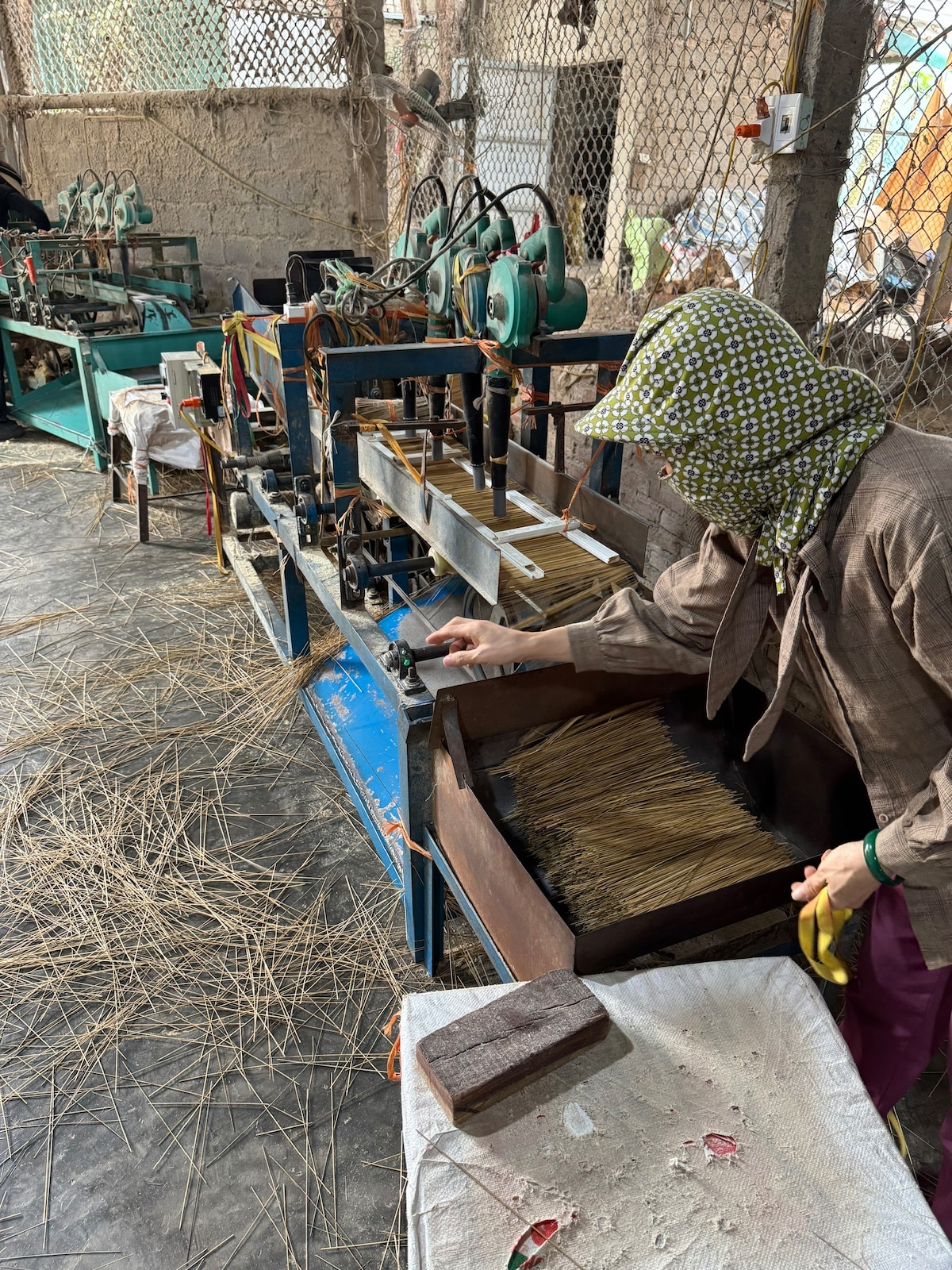
Halfday Hanoi Village Tour: Local Life & Crafts
Wed, Dec 31 • 7:30 AM
Ứng Hòa, Hà Nội, Vietnam
View details
Nearby restaurants of Quan Thanh Temple
Fabrik
Foodshop 45
Cơm Chay Loving Hut Hoa Binh Vegan Restaurant
Trạm Sushi
Ozin Quán - Bún Đậu Mắm Tôm
Nem Lụi Huế - Ăn Là Like
Tự Châu Veggie - Vegan Mixed Pho, Banhmi & Kombucha
Villa Des Fleurs
Nha Khách Trúc Bạch
Bún đậu mẹt - Giả cầy
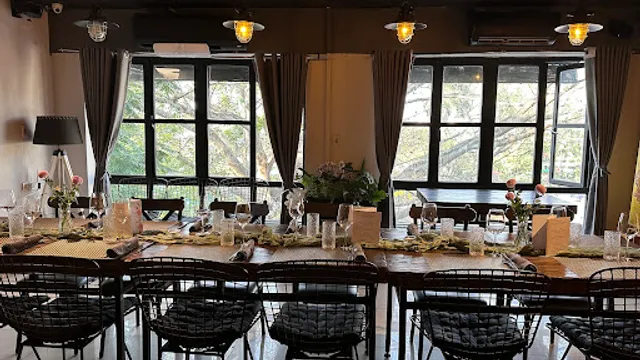
Fabrik
4.6
(273)
Click for details
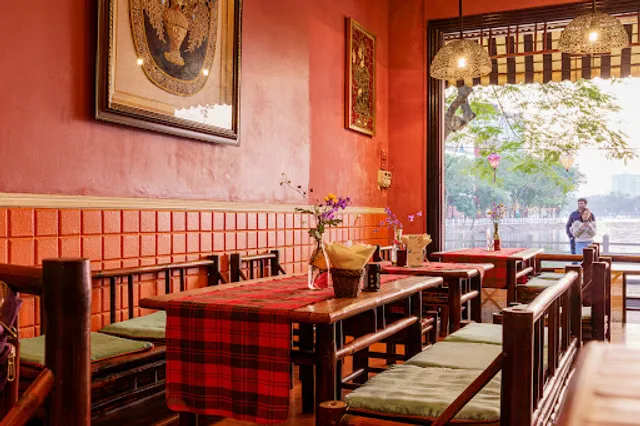
Foodshop 45
4.3
(205)
Click for details
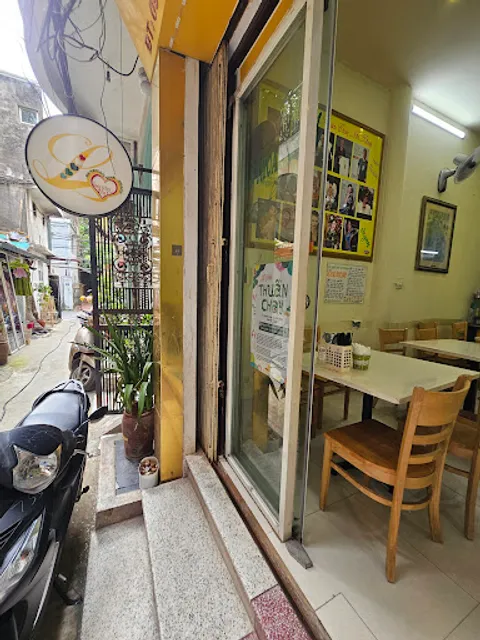
Cơm Chay Loving Hut Hoa Binh Vegan Restaurant
4.5
(159)
$
Click for details
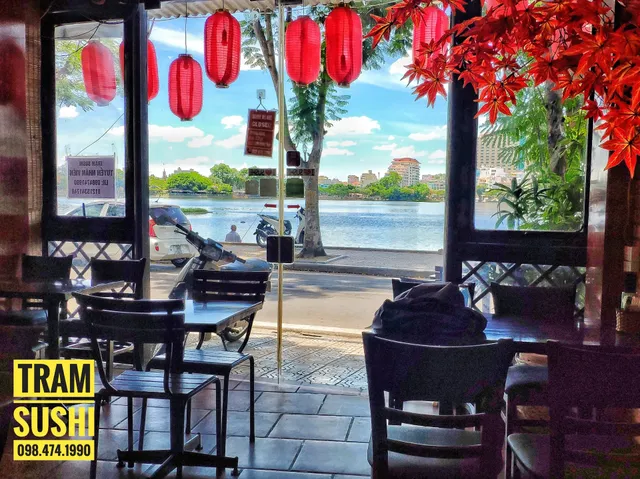
Trạm Sushi
4.8
(957)
Click for details
